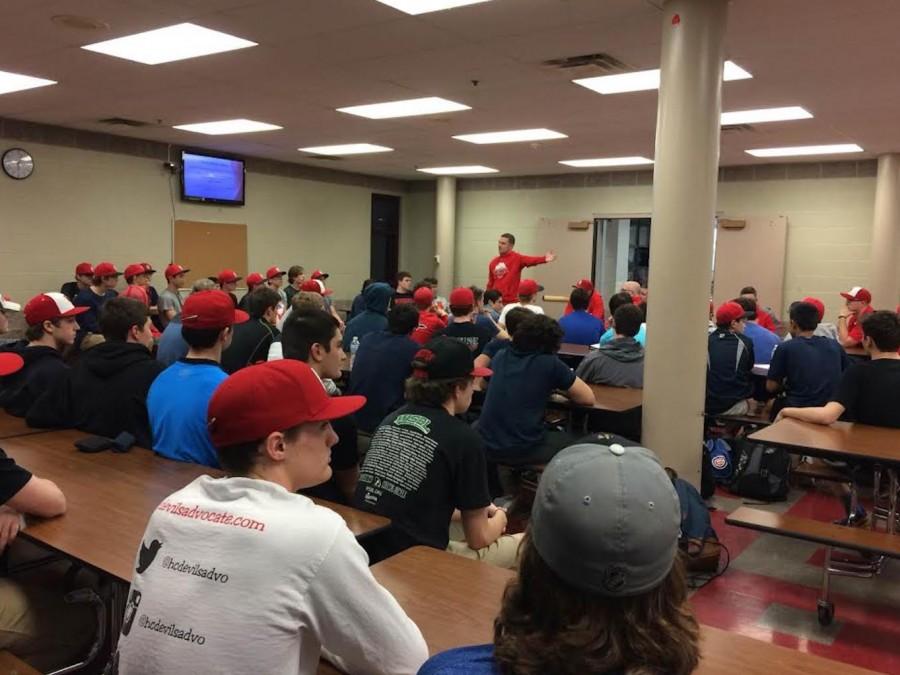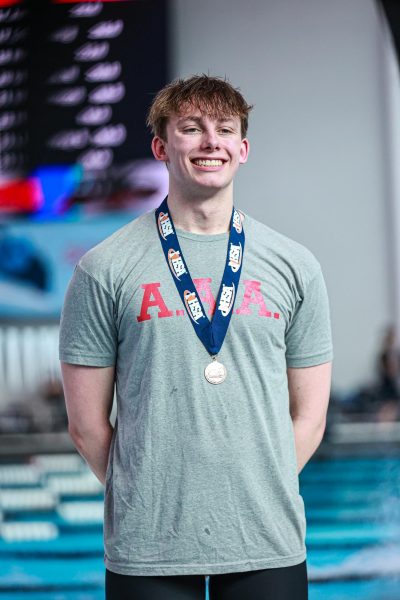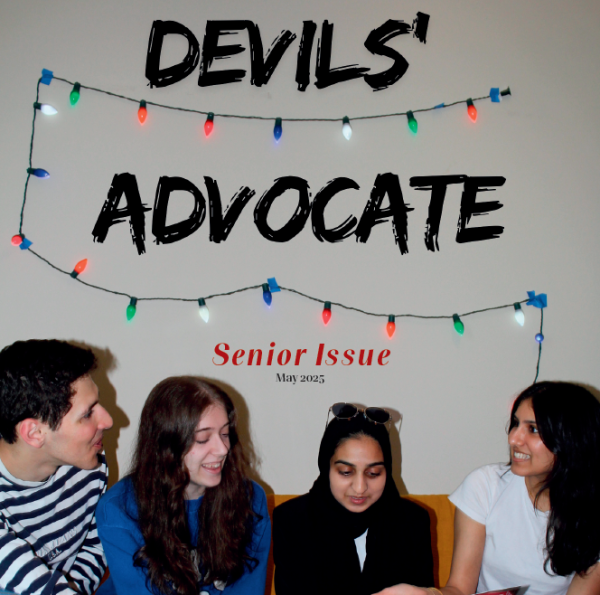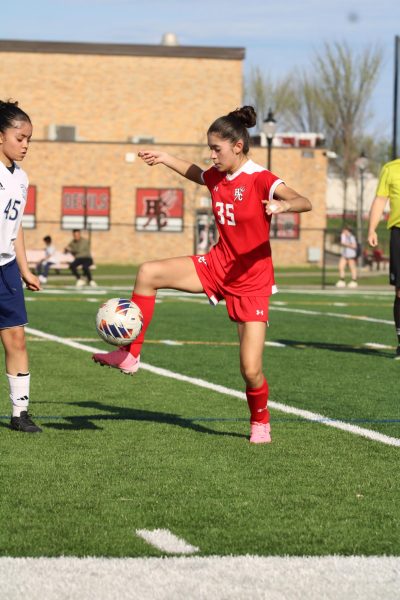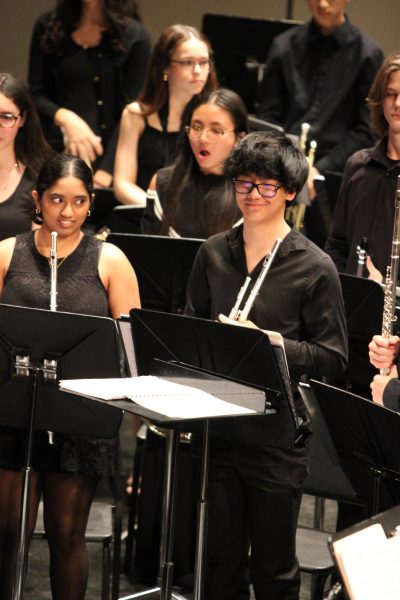Athletes and the Code of Conduct
On Wednesday, March 9, athletes ready for the spring season attended a meeting reminding them of behavior expectations during the season.
Athletic Director Dan Jones has had to deal with more than 100 athletic violations during the last four years at Central. The number of violations has been growing, raising the question if revisions need to be made to the athletic code of conduct.
As of right now the current policy stands as follows: For a first time offense, an athlete is suspended for 10 percent of the season, and is required to complete 20 hours of community service. For a second time offense, the athlete is suspended for 50 percent of the season and is required again to perform 20 hours of community service. A school recognized intervention program must also be completed before resumption of eligibility is considered. If the athlete commits a third offense, his or her eligibility to participate in sports is terminated for the rest of high school.
In all four years, Jones has only seen one incident of a three-time offense and five two-time offenses.
With such a low percentage of recurring offenses, many would believe that the current code of conduct is good as stands; however, Jones has still noticed an increase in prevalence.
“My first two years we had less than 20 [athletic violations]; last year we had over 60 and this year we are in the mid twenties,” Jones said. “I don’t know why these numbers are growing, all I do know is that they have grown, and we are addressing them with the students.”
Next month, Jones is meeting with the athletic director of Hinsdale South and some coaches to revisit the current policies regarding athletic violations to see if any revisions need to be made.
When asked if Jones would support a stricter policy, perhaps a ‘death penalty’ for a first time offense, Jones explained why it would not be in the best interest of the well-being of the athletes.
“My concern is that teenagers are going to make mistakes and if they do make that one mistake and we don’t allow them to play any sports at all, it is not going to help solve the problem, it is just going to create more because they won’t have anything to do or train for and it may encourage them to continue to make poor choices,” Jones said.
In comparing Central to other schools, the code of conduct is similar with area schools. For instance, according to Lyons Township’s code, consequences for four offenses include: The first offense includes suspension from 10 percent of the competitive season and a mandatory school approved substance education program. A second offense suspends the students from participating in extra curricular opportunities for one year, with the stipulation that the students may instead be suspended for six weeks of competitive season if he/she attends an education program. The student would still be required to attend all practices and games during this suspension period. A third offense would mean a complete year suspension from all activities, including practice, with no opportunity to shorten the time line. Finally, a fourth offense would be a suspension from all activities for the student’s entire high school career.
“I don’t really think [the code of conduct is] effective,” said senior Dylan Roesch, who plays varsity for bowling and volleyball. “Kids are going to drink and smoke either way whether they are considered an athlete or not.”
Even so, many athletes and coaches alike agree that having guidelines and consequences still set expectations that are need.
“It’s good that we have some expectations of what we want our student athlete behavior to meet and exceed,” said Coach Smith, who coaches girls’ varsity soccer and teaches English.”With any set of standards, it’s always important to revisit them every few years to make sure they still align with the culture and spirit of the building.”

Andrew is an outdoors enthusiast and self-taught drummer. He picked up some sticks in first grade and hasn’t stopped jamming, playing for the Shoobies,...



